Introduction
Driving out of the Guilin airport, you may immediately say to yourself, "Hey, where's all the beautiful scenery I was told about? All I see is flat ground, a highway and a dull 45 minute ride ahead of me to my hotel."
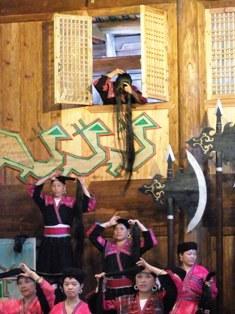
Don't nod off just yet to take a nap because in about 20 minutes, peaks will rise out of the horizon and jut toward the sky forming a unique panoramic view that soon entirely engulfs your vision. At once, you understand why the airport is built 45 minutes from the center of town (for the flat ground).
Guilin sits in the northeast region of the Guangxi Zhuang Autonomous Region. The city glistens with pride as one of the most beautiful places in China and is one of the must-see destinations for foreign tourists. According to an old Chinese saying, "Guilin is the most beautiful place under the heaven." Shapely-rising limestone towers and crystal-clear waters surround the city. You will often find the area portrayed in Chinese artworks.
Guilin has a long history dating back to the Qin Dynasty in 314 BC. The city's importance became increasingly valued following the construction of a canal joining the Lijiang River with the Yangzi further north. The imperial court could easily send food and provisions by water from the Yangzi plains to its armies in the far south.
Guilin is different from most cities you'll stay in while visiting China. There are no high rises allowed within the city limits. The city center is surrounded by water and various bridges dot the landscape. Even though the area population is around one million people, by Chinese standards it is considered a small city.
The city itself boasts many noted scenic spots. Among the most famous is Elephant Trunk Hill, the city's symbol. The rock shaped hill bears a striking resemblance to an elephant's sipping water from the Lijiang River with its trunk. The hill sits at the confluence of the Lijiang River and the Yangjian River. Between the body and the trunk there is a round-shaped space, known as "water moon" arch jetting 10 meters high and 20 meters deep. The river flows through the arch causing the appearance of a "brightmoon".

Fubo Hill is located on the east side of the city. Fubo stands in solitary loftiness thrusting its peak skyward. It appears to restrain the swelling water of the river as it raises, creating violent torrents and waves. Fubo means restraining waves. At the crest of the hilltop are the Fudo Temple and the Returning Pearl Cave.
Seven Star Park and Seven Star Cave are an array of caves that twist and turn for more than one and a half kilometers. The largest and most fascinating cave is big enough to hold ten thousand visitors at one time. Inside the cave, well-developed stalactites and stalagmites form numerous fascinating scenes in the shapes of fruits, forests and a gigantic waterfall.
Guilin's Two Rivers Four Lakes is a park-like area in the middle of the city. As its name suggest it is formed by two rivers and four lakes coming together. The four lakes are surrounded by ancient trees and blossoming flowers emit a relaxing scent as you stroll the gardens. There are pavilions, statues and stone carvings scattered around the area. Guilin's ancient South Gate, part of the ancient city walls, is located between Rong and Gui Lakes. One cannot help but feel a deep peace as they stroll along the banks.
In the middle of Ronghu lake is an island built in the style of a Chinese garden with rock formations, bridges and various floras. A marble dock floats next to the island. The main attraction is the island teahouse constructed in typical Chinese architecture. While here, enjoy a cup of Chinese tea while overlooking the lake. Two identical arched maple bridges allow visitors to access the island.
Approaching the Shan Lake Twin Pagodas, the Sun and the Moon, one's eyes are transformed upward. The Sun Pagoda, constructed of solid bronze, stands towering above you 41 meters high. The Moon Tower, made of wood and glazed tiles, reaches 35 meters into the sky. Together they have become another symbol of the city of Guilin. The Moon Pagoda can be reached by a bridge. The Sun Pagoda however is only accessible through an underwater passage located between the two pagodas.
Outside of the city center you will be transformed into a world of stalactites, jutting peaks, rice terraces and rural Chinese villages.
Reed-Flute cave is about six kilometers northwest of Guilin. It is widely claimed as "Natures Art Gallery" because of its dazzling beauty of strange formations and jaw dropping scenery. The cave derives its name from the verdant reeds growing outside creating the allusion of flutes. The cave is 240 meters and offers a fairyland of carved caves depicting landscape and rural scenery. The Crystal Palace of the Dragon King grotto is large enough to hold 1000 people. The highlight of the cave is a slab of white rock hanging from a ledge like a cataract, with a human-shaped stalactite on the opposite side. Legion has it that a visiting scholar viewing the cave wanted to write a poem describing the beauty of the cave. It took him so long to find the right words that he turned to stone.
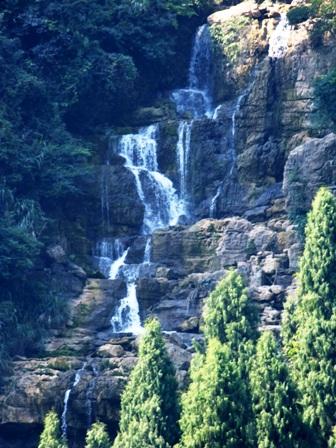
About 100 km from Guilin, are the Longsheng Rice Terraces dating back to the Ming Dynasty, often referred to as the Dragon's Backbone. The terraces resemble the scales of a dragon, with the summit of the mountain range forming the backbone. The terraces scatter over an altitude between 300 to 1100 meters at the top. The villages that sit at the foot of the terraces will transform you back in time as they still hold to their ancestral styles in costume, adornments, folk songs, bronze-drum dance, customs and food. In the Huangluo Village of Yao People, women do not cut their hair resulting in the average length being 1.8 meters. You can determine if a woman is single, married with no children or married with children by the way the hair is coiled on the head.
No visit to Guilin is complete without a cruise down the Li River. National Geographic Magazine lists the Li as one of the world's top ten water wonders. The riverbanks boast the largest and most beautiful scenic areas in China and attracting thousands of visitors each year. The major portion of the waterway runs 83 kilometers from Guilin to Yangshuo. The river is surrounded by rolling hills, steep cliffs, caves, waterfalls and lined with bamboo. Along the river you'll spot water buffalo, mountain goats, a variety of birds and small villages. Most cruises begin at the Zhujiang Wharf about 40 minutes from Guilin. The cruise wanders and curves for about 4 to 5 hours ending in Yangshuo. Breathing in the fresh air, feeling a gentle breeze upon your face and admiring the landscape you'll become enveloped by a peace and relaxation that will rejuvenate your harried city body.
Guilin is certainly a place every visitor to China should take the time to see. It holds not only the cultural past, ancestry of centuries but also boasts modern architecture and beauty not seen in any other place in China.
Biography
Dr. Ogden has a wide and varied background which brings a broad and vast breadth of experiences. He has lived in and visited many international locations - China, South Korea, Cambodia, Thailand, Mexico, Germany, Switzerland and Austria. Visit his site: www.writingitdoesabodygood.com
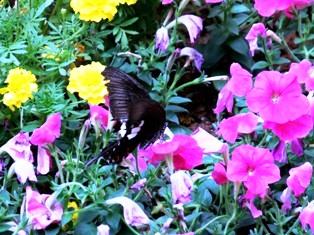
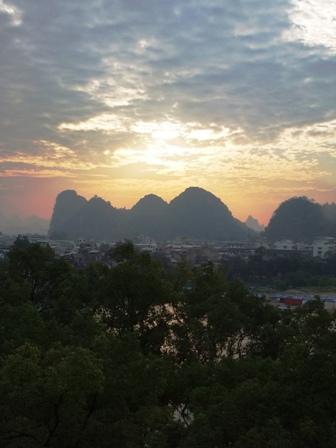
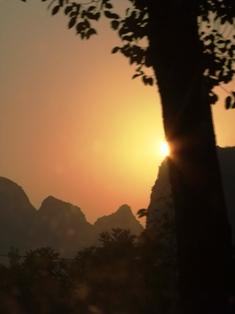
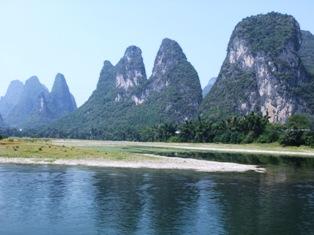
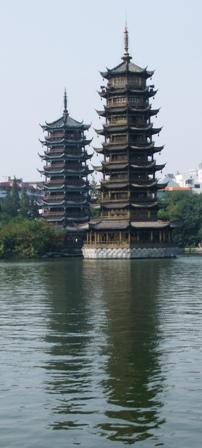
© Copyright 2012, Dave's Travel Corner
Top of Page

